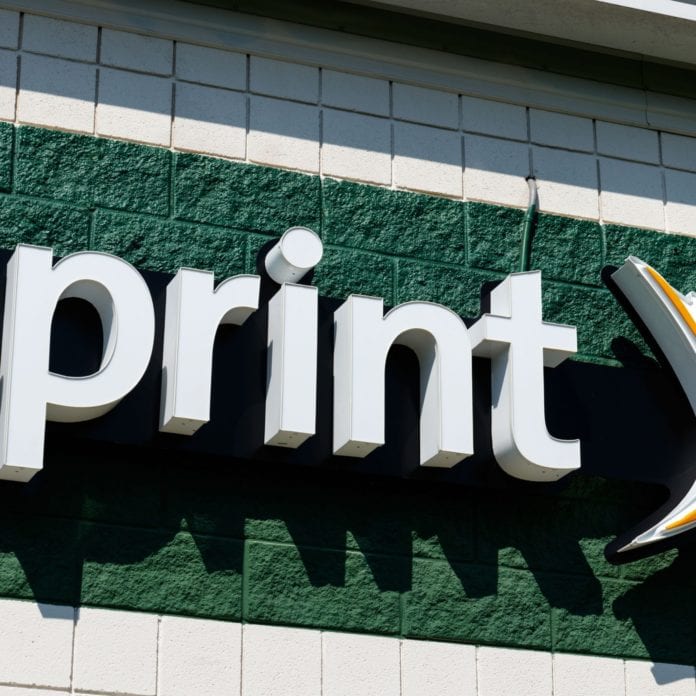Sprint reports $111 million net loss in Q1 2019
Sprint took a non-traditional approach to reporting its first quarter results last week, providing a “message from management” given the recent approval from the U.S. Department of Justice for the Overland Park-based carrier to go forward with a $26 billion merger with T-Mobile US.
“While we delivered good results in the first quarter relative to expectations, the business still faces several structural headwinds and I remain convinced the merger with T-Mobile is the best outcome for our customers, employees, industry and all stakeholders,” CEO Michel Combes said in a statement. “With the recent clearance of our merger by the Department of Justice, and the anticipated approval from the FCC, we are moving one step closer to building one of the world’s most advanced 5G networks and providing American consumers a better network and overall experience at New T-Mobile.”
While the merger could still be disrupted by objections from a number of attorneys general, the DoJ consent decree was a major hurdle. As a part of the deal, Sprint’s pre-paid businesses will be purchased by DISH, which has been tapped to enter the market as a nationwide, facilities-based carrier, and Charlie Ergen and company will have access to the combined network under an MVNO deal and also be able to access approximately 20,000 wireless sites that will be made redundant through the network integration.
Despite the increasingly likely merger, Sprint has continued to upgrade its own LTE network while also rolling out 5G using its 2.5 GHz spectrum in five markets–Atlanta, Chicago, Dallas/Fort Worth, Houston and Kansas City with Los Angeles, New York City, Phoenix and Washington D.C. on deck.
Massive MIMO antennas are a key part of Sprint’s strategy to not only launch 5G but also continue to beef up its LTE network. The company said last week it now has 32,000 small cell sites on air to bolster LTE coverage and capacity and approximately 3,000 massive MIMO sites, nearly double the number compared to the previous quarters, on air.
In the first quarter, Sprint reported net operating revenues of $8.1 billion with wireless service revenue down $138 million year-over-year to $5.3 billion. The company chalked that loss up to “continued amortization of prepaid contract balances as a result of adopting the new revenue standard last year.” Execs said they project wireless service revenue to continue a downward trend into the second quarter.
The combined New T-Mobile’s spectrum position, comprising a mix of low-, mid- and high-band frequencies, and the relationship between that spectrum and the ability to deploy nationwide 5G, has been a consummate selling point of the merger.
Sprint reiterated that in its presentation to investors. The merger “is critical to accelerate the deployment of a ubiquitous, nationwide 5G network – one that includes coverage in rural locations,” according to materials from the presentation. “The combined company is expected to have the resources and technology to build a 5G network that fuels innovation across every industry, dramatically increasing competition, unleashing new economic growth, and creating thousands of jobs and billions of dollars in U.S. economic value.”

